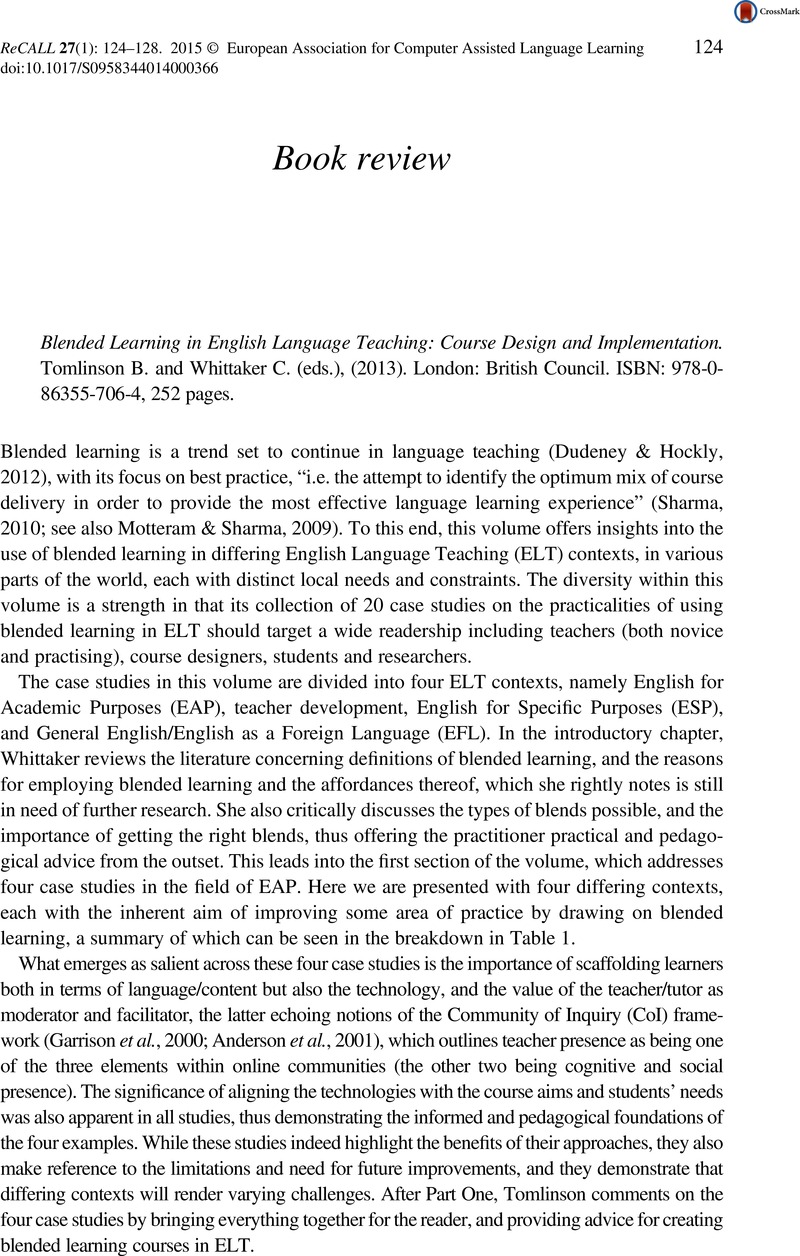Crossref Citations
This article has been cited by the following publications. This list is generated based on data provided by Crossref.
Wang, Qian
Shao, Hang
Gao, Dengming
Zhang, Jiayan
Yao, Bin
and
Geng, Chao
2015.
Applying Blended Learning Mode to Spiral Sudoku in College English Teaching.
p.
52.
Mukhametshin, Ramis R.
2022.
Electronic, Digital, Distance and Blended Learning: Terminological Analysis.
Bibliotekovedenie [Russian Journal of Library Science],
Vol. 71,
Issue. 1,
p.
103.
Vakulova, Iryna
2023.
Integration of the 4C and cordos-mediation concept as a national model for the development of a modern graduate.
Scientific Bulletin of Mukachevo State University Series “Pedagogy and Psychology”,
Vol. 9,
Issue. 4,
p.
76.
Zhao, Lijuan
and
Du, Shuo
2025.
Incorporating intelligence in multiple-attribute decision-making using algorithmic framework and double-valued neutrosophic sets: Varied applications to teaching quality evaluation.
International Journal of Knowledge-Based and Intelligent Engineering Systems,



